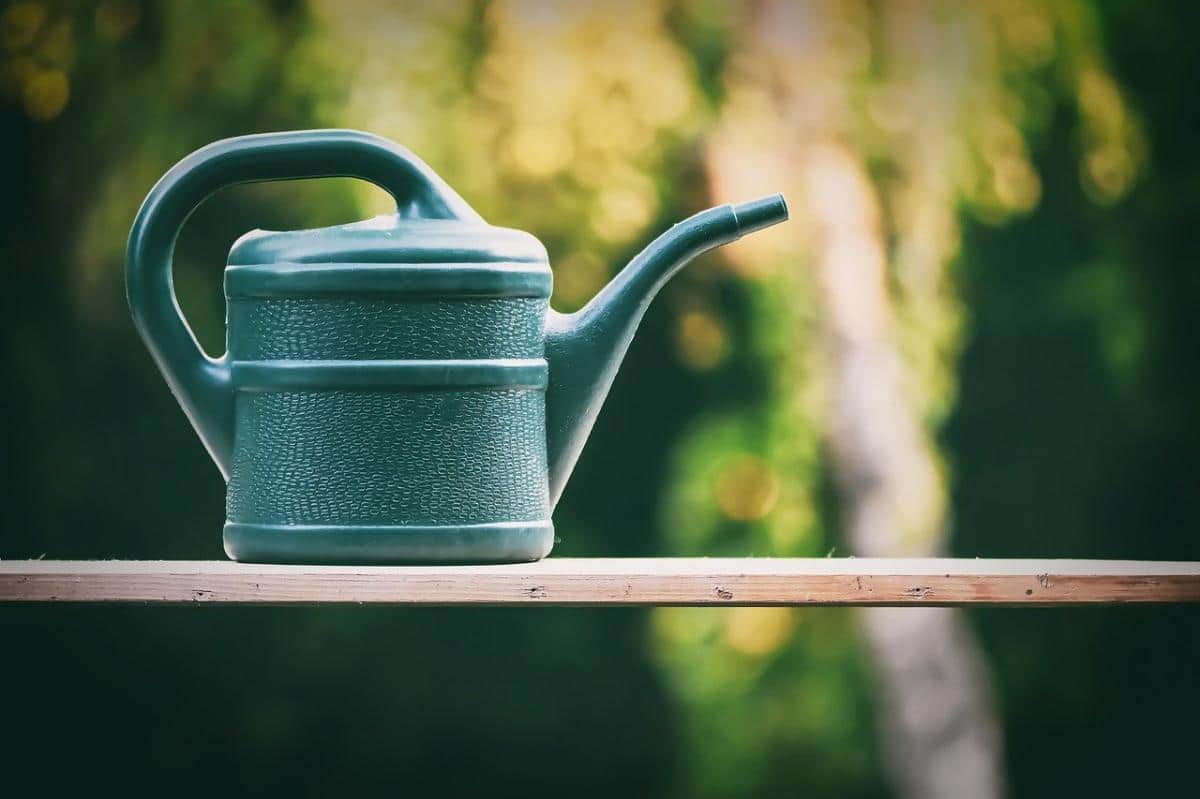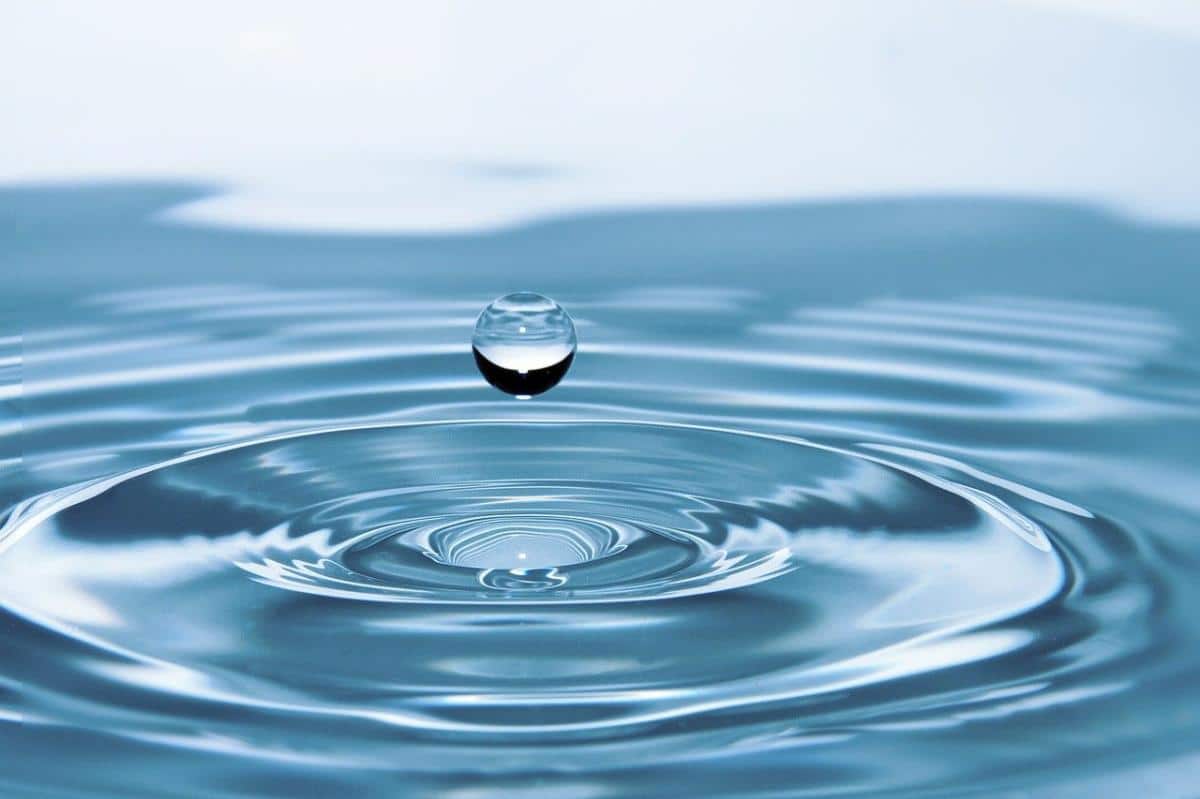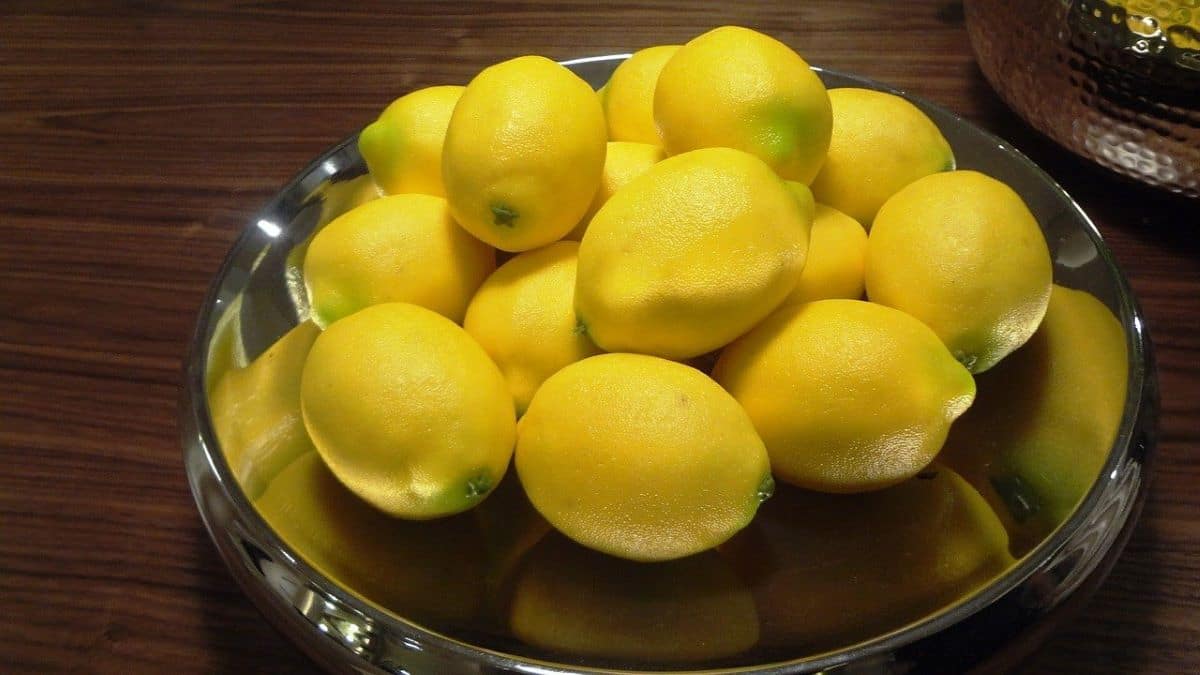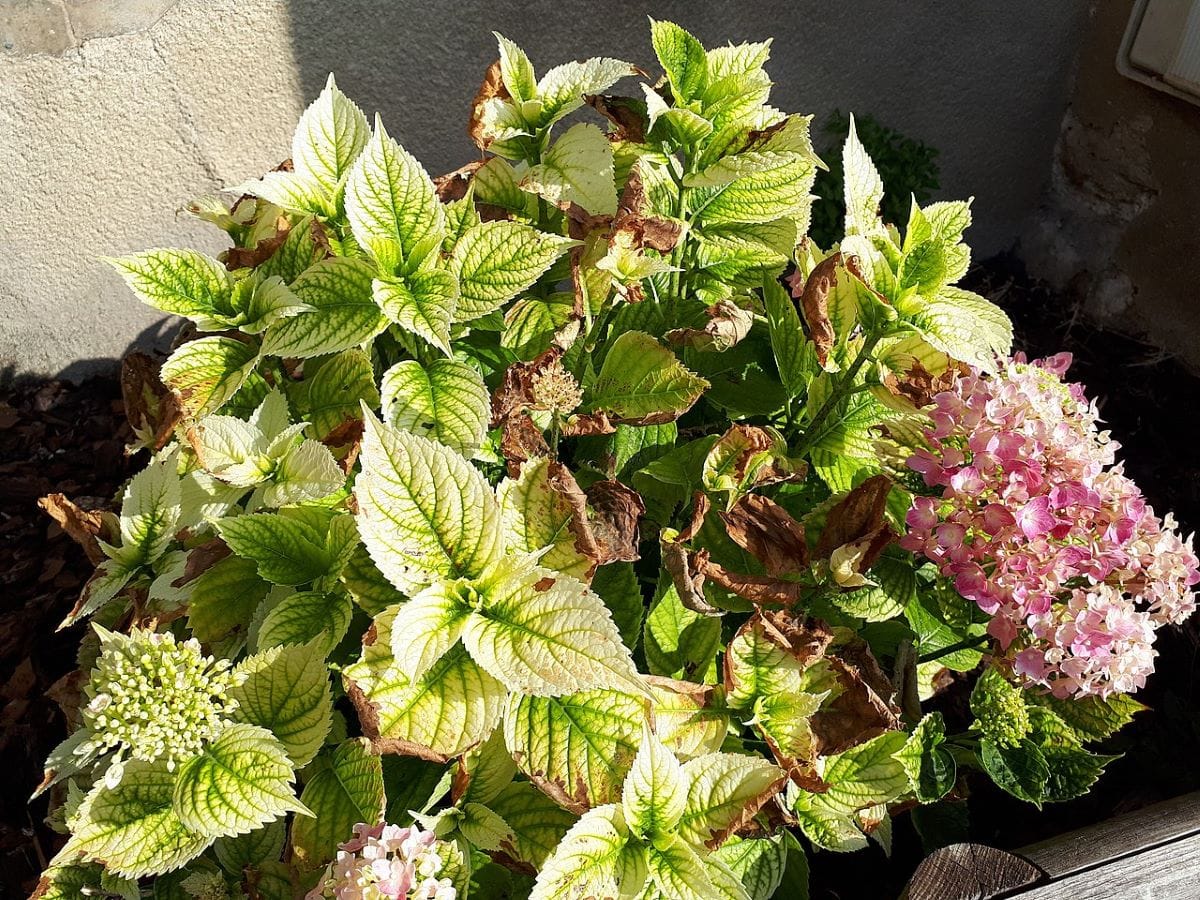
Did you know that the lime in the water can be the cause of your plants having chlorotic leaves, or those white dots that you see on the surface of the substrate or on the inside of the pot? That is why it is recommended to take some measures, since otherwise on the least expected day you would have to discard the plant and the soil, and thoroughly clean the container.
Knowing what these measures are is very important, especially when you have plants that do not tolerate it, such as camellias or azaleas. But it is also advisable to carry them out when the quality of the water is so bad that it cannot be drunk. So I am going to explain to you how to remove lime from the water to water plants.
How is it removed?

The lime of the water, in its correct measure, is beneficial for the plants; Not surprisingly, they all need a minimum of calcium to perform their functions. But when there is too much, we must act if we do not want to throw them into the compost heap.
And, as has always been said, prevention is better than cure. To do this, you have to know that there are several ways to eliminate it, or at least to reduce it, and they are:
Use a water softener
It is the most reliable option. Today there are simple models to assemble and at a good price. For example, you have this which is a filter that adapts to the tap and that costs only 15 euros. But yes, the water has a lot of lime, I recommend you clean them frequently, several times a week; this way they will be useful to you for a longer time.
Fill a pot and wait
It is a simple and very easy trick, but it requires patience. Simply you have to fill a pot and wait a couple of days for the lime to settle to the bottom. After that time the water is taken with a saucepan in the upper half, without making sudden movements.
Freeze and thaw
Another way to get water suitable for irrigation is filling a bottle and putting it in the freezer for 24 hours. Once this time has elapsed, it is removed and it will be seen that the lime rushes downwards; It will be then when it can be used for watering but only the upper half.
Add vinegar or lemon

Both vinegar and lemon are acidic, and when you put it in the water it changes. But you have to know that act on the pH, lowering it. What is pH? It is the degree of acidity that something has, be it the water, the earth, our skin, ... well, anything. It is measured on a scale of 0 to 14, with 0 being very, very acidic, and 14 being very, very alkaline.
Many of the plants we grow, especially indoors, need a neutral pH (that is, 7) or slightly acidic (6-6.5). When we water them with a water that has a high concentration of lime, which is also a very alkaline water, the leaves turn yellow., leaving the nerves green. Why?
Because iron and / or manganese is not available to them, they are / are blocked. The soil may contain these nutrients, but the pH is so high that they cannot absorb them. A) Yes, the pH should be lowered with a few drops of lemon or vinegar (the exact amount will vary depending on how high the pH is, that's why you have to use a PH meter and check it).
It does not work to boil the water and let it rest
It is believed that if you fill a pot with water and bring it to a boil, the lime will be removed. This is what is usually done in those places where it is used for cooking for example. But it is not really useful for watering plants because when the water boils what happens is that part of that water evaporates, but the lime is still. Therefore, it is as if we have done nothing.
What are the problems that excess lime gives to plants?

Image - Wikimedia / Pierre.hamelin // Hydrangeas with iron chlorosis.
Now that we know how we can remove lime, let's see why it is important to remove it. And it is that an excess of lime can do them a lot of damage, for example it can have:
- Chlorotic leaves: We have already talked about it, the lack of accessibility of some nutrients (iron and manganese are the most common) makes the leaves yellow and the plants lose strength. In this case, we have to lower the pH of the water with lemon or vinegar, and fertilize them with fertilizers for acidic plants (for sale here). More information.
- White dots or spots on the leaves: when the problem is not yet too serious but it is worrying, granites of lime will accumulate on the surface of the leaves. If we also use this water to spray / spray the plant, stains can form that disappear simply by wiping with a damp cloth.
- Blockage of the pores of the leaves and roots: When using water with a high concentration of lime, the pores, first of the roots and then also of the rest of the plant, become "clogged". If it happens, the leaves will fall and the roots will die. To correct this, it is best to change the soil and start watering with water that is poor in lime.
- Presence of lime in the soil and in the pot: on earth we will see like little white dots that do not move; and in the container it is possible to see white spots that are nothing more than granites that have accumulated in the area. As long as it is little, it will not be necessary to change the substrate, but it is necessary to irrigate with a water that has less lime. If we are concerned, then it would be better to replace the land with another as well.
We hope these tips have been useful for you to water your plants with better water.